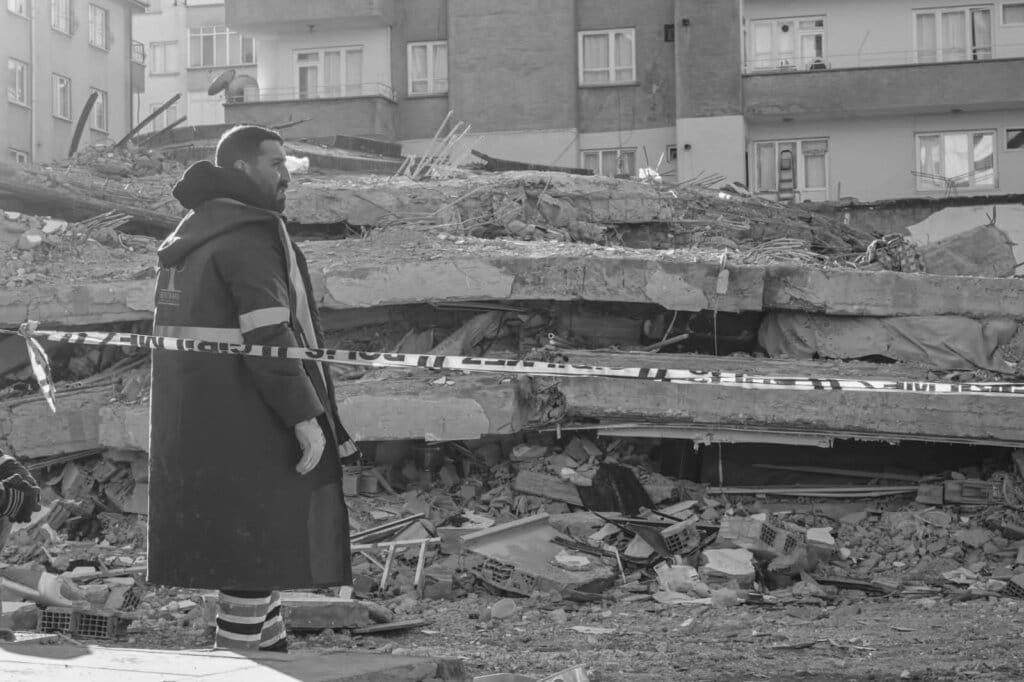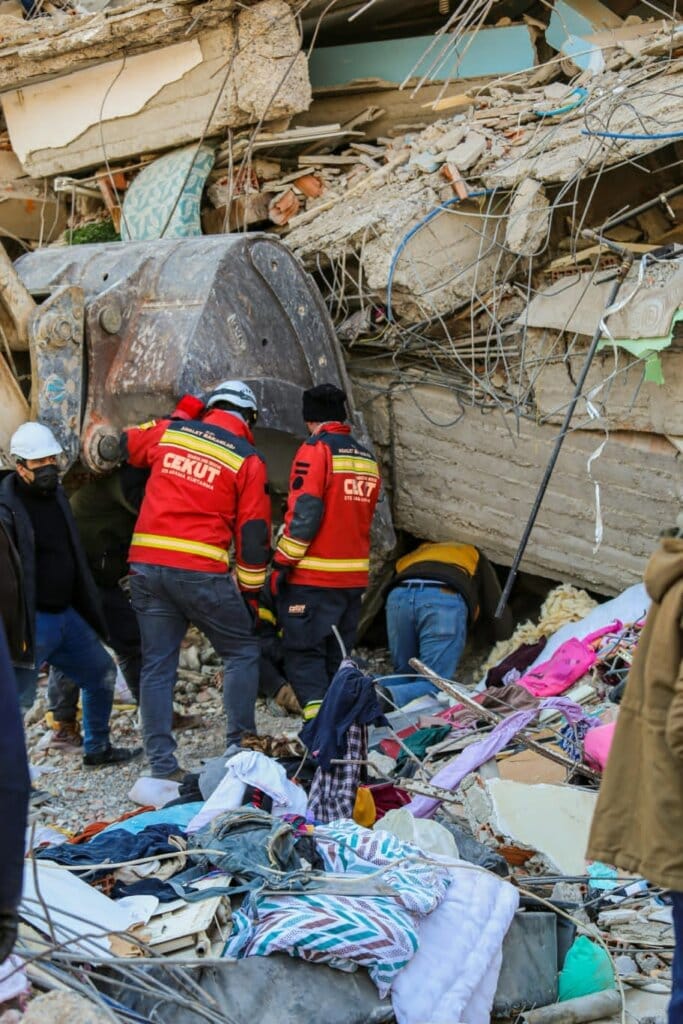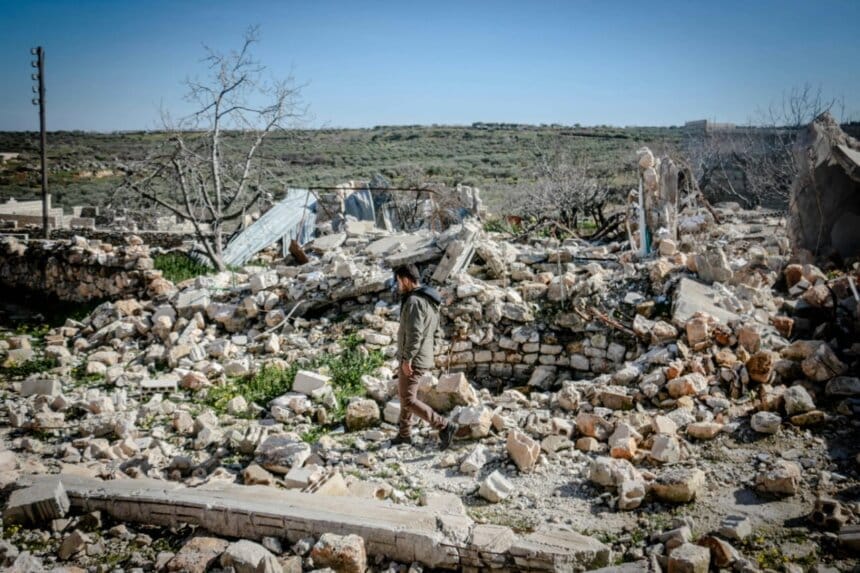On December 3, 2024, a powerful earthquake shook the southern Philippines, causing widespread destruction, displacing families, and emphasizing the nation’s vulnerability to seismic hazards. The quake, with an estimated magnitude of 7.0, struck off the coast of Davao Occidental, leaving significant structural damage and casualties in its wake. This article provides a comprehensive overview of the event, its impact, and the ongoing recovery efforts.
Seismic event details
The earthquake was recorded at approximately 2:00 PM local time, with its epicenter located under the Celebes Sea, near the southern tip of Mindanao Island. The depth of the quake was estimated at 50 kilometers, making it a shallow earthquake with a higher potential for surface-level destruction. Residents in the cities of Davao, General Santos, and nearby provinces reported feeling the tremor, with many describing the shaking as violent and prolonged.
Impact on Infrastructure and Lives
Casualties and Injuries
Preliminary reports from local authorities have confirmed at least one fatality and numerous injuries. The death toll is expected to rise as search and rescue operations continue in remote areas. Many injured individuals were transported to nearby hospitals, with emergency services overwhelmed by the number of casualties.
Property Damage
The earthquake caused significant structural damage across affected regions. Residential buildings, schools, and public infrastructure such as bridges and roads suffered varying levels of destruction. In Davao City, several commercial establishments reported damages, while some houses in rural areas collapsed entirely. Electricity and water supply disruptions were widespread, further compounding the challenges faced by affected communities.
Tsunami Concerns
At first, a tsunami alert was announced for coastal regions, leading to widespread evacuations. While the alert was rescinded within a few hours, the incident highlighted the susceptibility of the Philippines’ coastal populations to these types of natural calamities. Numerous individuals in coastal areas waited in designated evacuation centers for several hours before going back to their homes.
Government and Community Response
Emergency Measures
The National Disaster Risk Reduction and Management Council (NDRRMC) promptly initiated emergency procedures, sending out rescue teams, military forces, and volunteers to aid in relief efforts. Local authorities in the impacted regions set up emergency shelters to accommodate displaced individuals and provide food, water, and medical assistance.
Search and Rescue Efforts
Rescue crews are working relentlessly to find survivors buried beneath debris, utilizing heavy machinery in city locations. In rural areas, the absence of suitable roads has complicated relief efforts, necessitating creative strategies like airlifting supplies and staff.
Public Health Concerns
Healthcare facilities in Davao and nearby cities are overwhelmed with patients, including those with minor injuries and severe conditions. Medical staff are on heightened alert, and extra resources, such as mobile clinics, are being sent to remote locations. Officials are also taking measures to avoid the spread of waterborne illnesses resulting from compromised sanitation systems.

The Philippines and the Pacific Ring of Fire
The Philippines lies within the Pacific Ring of Fire, an area characterized by high seismic and volcanic activity that surrounds the Pacific Ocean. This location renders the nation vulnerable to earthquakes, tsunamis, and volcanic eruptions. Notable historical earthquakes include the 2019 Mindanao earthquakes and the 1990 Luzon earthquake, both of which resulted in considerable destruction and loss of life.
Preparedness and the Lessons Learned
Despite the progress the Philippines has achieved in disaster readiness through early warning systems and public awareness initiatives, this earthquake underscores the necessity for stronger infrastructure and response strategies. Enhancing building regulations, investing in durable infrastructure, and promoting comprehensive disaster education are crucial actions to reduce future hazards.

International support and Collaboration
The global community has started to provide support, with nearby nations like Japan sharing their knowledge and resources for search and rescue operations. Humanitarian organizations and NGOs are working together on relief initiatives, prioritizing urgent needs like food, shelter, and healthcare.
Voice over the Ground
In the midst of turmoil, accounts of strength and unity are surfacing. Residents in the area are stepping up to help each other, offer short-term housing, and share scarce supplies. The spirit of the community continues to be a vital source of support for those dealing with the consequences of the catastrophe.
Looking Ahead
Long-term healing and reconstruction will eventually become the main focus as the emergency reaction continues. The administration has declared plans to offer impacted households financial support and conduct a thorough assessment of structural damage. But healing will be a difficult and drawn-out process. A clear reminder of the Philippines’ susceptibility to natural calamities is the earthquake that occurred on December 3. While the country grieves its losses, it also remains strong and shows its resilience in the face of hardship.









